Common Specifications For Oilfield Fracturing Sand
Oilfield fracturing is a method of injecting high-pressure water/gas into formation rocks to break cracks in the rocks and increase production capacity. During the fracturing process, sand needs to be used for coordination, and the specifications of the sand directly affect the fracturing effect. The common specifications of oilfield fracturing sand will be introduced in detail below.
1. Sand viscosity
The viscosity of sand refers to the degree of force the sand experiences in water, and is one of the main factors that determine whether the sand can maintain stability. Commonly used sand viscosity specifications include 20/40, 30/50, 40/70, 70/140, etc. “20/40″ means that the average particle size of the sand is in the range of 20 to 40 mesh.
2. Sand particle size
The particle size of the sand directly affects the productivity of the oil field after fracturing, and the particle size is usually between 0.15 mm and 2 mm. Commonly used specifications include 16/30, 20/40, 30/50, 40/70, 70/140, etc. The smaller particles can fill smaller cracks, and the larger particles can fill larger cracks.
3. Sand color
There are three main colors of sand: white, brown, and gray. Brown and gray sand are more commonly used in fracturing. Brown sand generally contains silica, metals, and other elements, which have good filling ability for rocks. Gray sand contains elements such as aluminum and potassium and has higher chemical stability.
4. Advantages and Disadvantages
A. The 20/40 sand particle size is moderate and can be applied to various formation rocks. However, the sand layer shrinkage and sand mineralization phenomena are more obvious after fracturing.
B. The 30/50 size sand particles are evenly distributed, making it easy to fill cracks during fracturing, and can be applied to a variety of formation rocks. However, there are certain requirements for the fluidity of fracturing fluid.
C. The 40/70 sand particles have moderate thickness and are easy to form good pressure cracks. However, the requirements for the fluidity of the fracturing fluid and the filling of the sand layer are relatively high.
D. The 70/140 size sand particles are larger and have higher requirements on the fluidity of the fracturing fluid. However, the degree of shrinkage and sandification of the sand layer is low, and the filling effect is better.
The specifications of oilfield fracturing sand are directly related to the filling ability of the rock during the fracturing process and the productivity after fracturing. Depending on the specific formation conditions and the fluidity of the fracturing fluid, it is very important to select the appropriate sand specification.


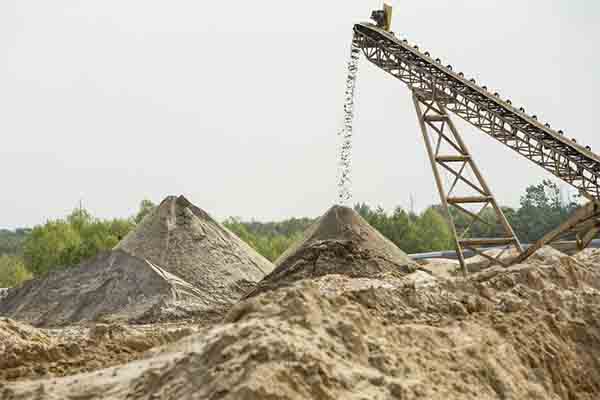
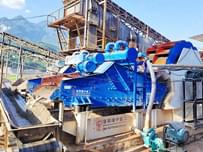
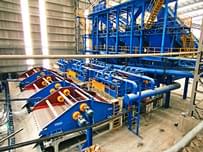
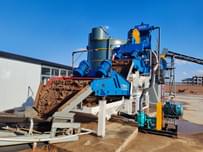
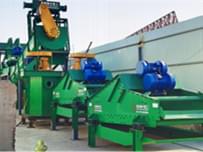
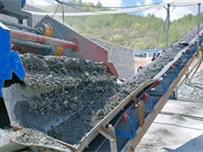
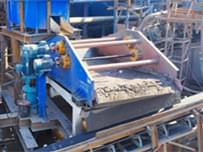
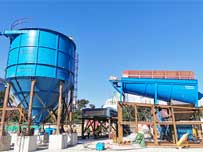
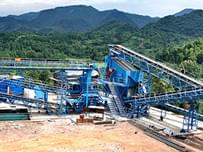




Send Message
Please write down your requirement and contact details in the following form. You can also send a message to us by this email export@lylzzg.com, we will reply to you within 24 hours.